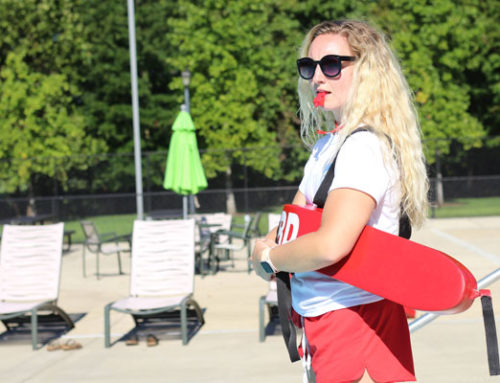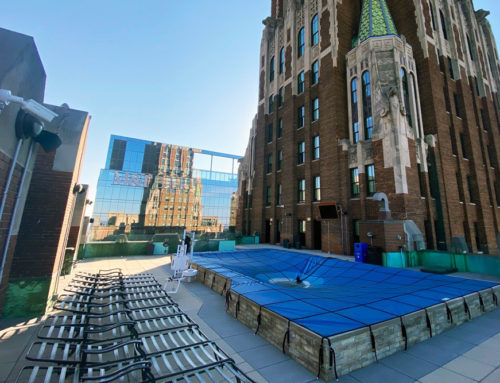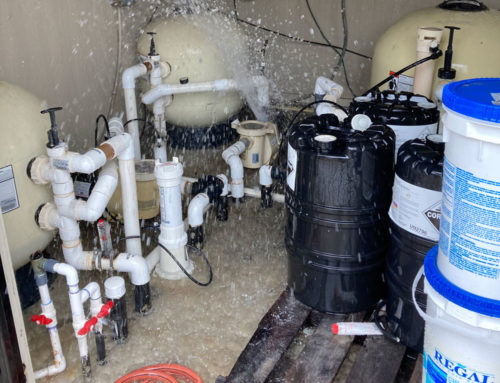Once the swimming pool on your property has been built, there are ongoing services and maintenance issues that you need to pay for regularly. These include the lifeguard staff, cleaning, sanitizing, water balancing and more. Ultimately, pool management is a major commitment that requires sound fiscal planning.
However, energy costs are likely the biggest expense associated with pool maintenance. Specifically, the pumps that keep water circulating through the pool, filtration systems and heaters require a lot of electricity, and the larger the pool is, the more horsepower pumps will require. To save energy and reduce the costs associated with running these machines, many facilities have turned to variable frequency drives, which are devices that you can use to adjust individual pump speeds.
VFDs have demonstrated themselves to be quite useful in conserving electricity and lowering power bills because they let you slow the water pumps, particularly at night when they are not likely to be in use. Still, it’s important that you don’t let the potential energy savings distract you from the need to comply with policies that are intended to keep the water clean and sanitary for your clientele.
Programmable VFDs have benefits
According to an article published in Control Global, electricity can be the single biggest expense associated with pool management. One pool containing 152,000 gallons of water would require a 10-horsepower, 200-volt, three-phase pump to keep water properly circulating through filters, heaters and the pool itself. If the pump were to run 24 hours a day, that would include non-operational hours, which some managers find to be an unacceptable use of electricity. Conversely, facilities can bring their pumps to a complete stop during non-operational hours, but this has led to water quality issues.
VFDs were developed as a solution to this problem. You can program them to operate at 90 percent power during business hours and 60 percent at night when the pool is likely to be closed. If this reduces power consumption by 65,000 kilowatt hours, that could total more than $7,000 in operational costs per swimming season, according to Control Global.
Mistakes negate savings
Terrence LeBeau, a columnist for Aquatics International, asserted that lower power bills are a major advantage of VFDs, but LeBeau argued that client safety and sanitation cannot be overlooked. For those who decide to buy VFDs for their pools, it’s important to consider how such devices will work within an individual pool system and how changes in water flow and pressure impact potential savings.
“There are many side-stream requirements in pool systems that can be affected by such low pressure in the main piping,” LeBeau wrote in his column. “Heaters or heat exchangers, chemical sample streams for test probes, heat recovery systems and, possibly, supplemental disinfection systems, such as ozone or UV, may all need to be combined with small horsepower side-stream booster pumps. If instead, the operator closes a bypass valve to force water to that particular component, he or she has just increased the work demanded of the circulation pump. The result is lost savings. Enough restricted valves can eventually force the pump to operate at 100 percent speed – all savings lost.”
One way to prevent these problems is to select the most appropriate pool pumps right from the beginning, taking into account filtration systems and anything else that can divert water pressure.
LeBeau pointed out that pool water can undergo 1.5 turnovers at night with no additional demands placed on the pumps. Adjusting their speed during off-hours will lengthen turnover time, which may be potentially harmful for customers. Pool & Spa Outdoor noted that pool water can easily accumulate sweat, pathogens, algae and substances such as lotion. The turnover created by pumps helps clear this matter out.






